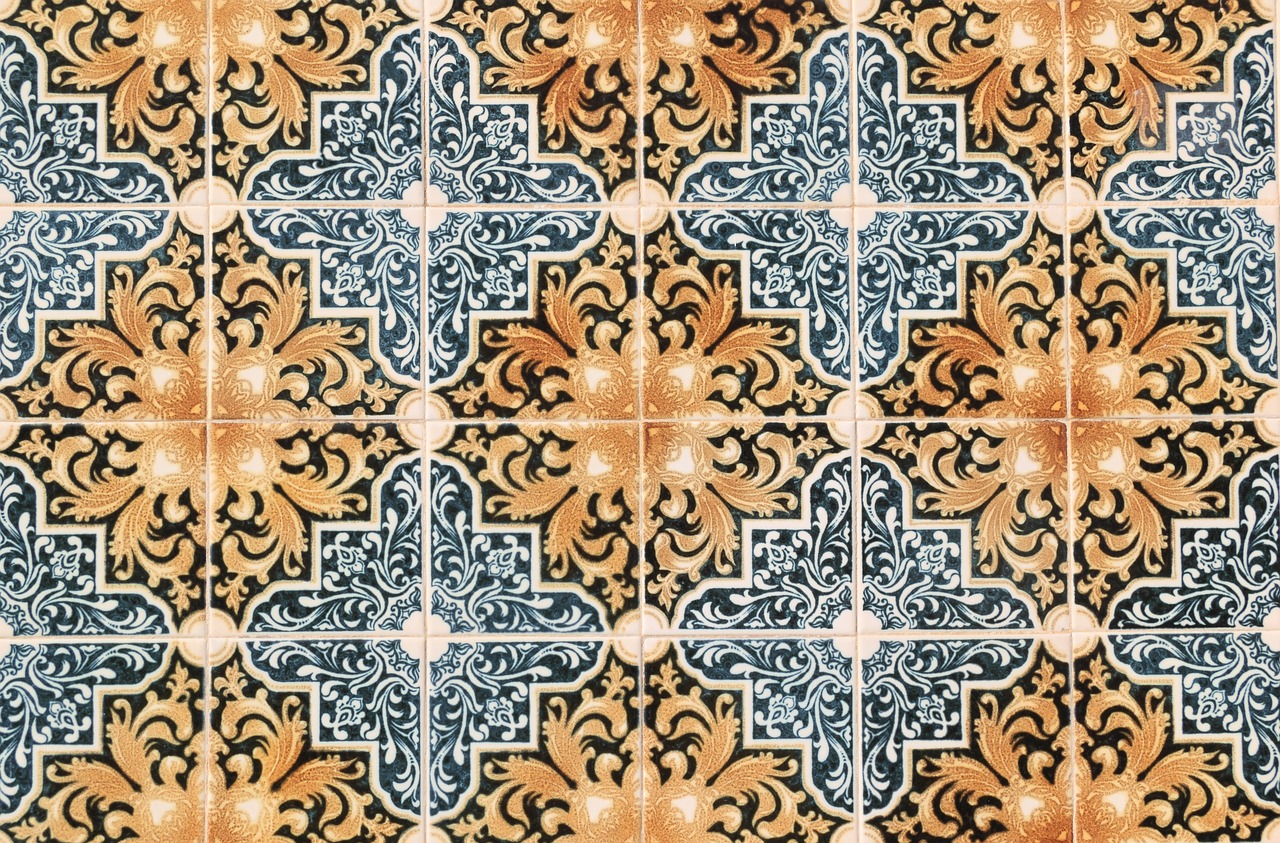How to Prevent Mold and Mildew on Bathroom Tiles
Mold and mildew are common issues in bathrooms due to the high levels of moisture and humidity. Not only are they unsightly, but they can also pose health risks, especially for those with allergies or respiratory conditions. Fortunately, with a few simple steps, you can prevent mold and mildew from taking hold on your bathroom tiles.
1. Ensure Proper Ventilation
Good ventilation is key to preventing mold and mildew growth in the bathroom. After a shower or bath, excess moisture lingers in the air and settles on surfaces, creating the perfect environment for mold to thrive. To combat this, always use an exhaust fan while bathing and leave it running for at least 15-20 minutes afterward. If you don’t have an exhaust fan, open a window or door to allow fresh air to circulate and dry out the room.
2. Keep Surfaces Dry
One of the most effective ways to prevent mold and mildew is to keep bathroom surfaces as dry as possible. After using the shower or bath, take a few minutes to wipe down the tiles with a squeegee or a dry cloth. This simple habit helps remove excess water that can seep into grout lines and create the damp conditions mold needs to grow.
3. Clean Regularly
Regular cleaning is essential for preventing mold and mildew on bathroom tiles. Use a non-abrasive cleaner or a homemade solution of equal parts water and white vinegar to clean the tiles and grout at least once a week. Vinegar is a natural antifungal agent that can help kill mold spores and prevent them from spreading.
4. Seal Grout Lines
Grout is porous and can absorb moisture, making it a prime target for mold growth. To protect grout lines, apply a grout sealer every six months. This creates a barrier that repels moisture and makes it easier to clean the grout. Be sure to thoroughly clean and dry the grout before applying the sealer.
5. Fix Leaks Promptly
A leaking faucet, showerhead, or pipe can create a persistent source of moisture that encourages mold growth. Regularly check for leaks and fix them promptly to prevent water from seeping into tiles and grout. Even small leaks can lead to significant mold problems if left unattended.
6. Use Mold-Resistant Products
When renovating or maintaining your bathroom, consider using mold-resistant paint and caulk. These products are specially formulated to inhibit mold growth, providing an extra layer of protection for your tiles and other bathroom surfaces.
Preventing mold and mildew on bathroom tiles requires consistent effort, but the results are well worth it. By maintaining good ventilation, keeping surfaces dry, cleaning regularly, sealing grout lines, fixing leaks, and using mold-resistant products, you can keep your bathroom tiles looking clean and fresh while protecting your home from the health risks associated with mold and mildew.













